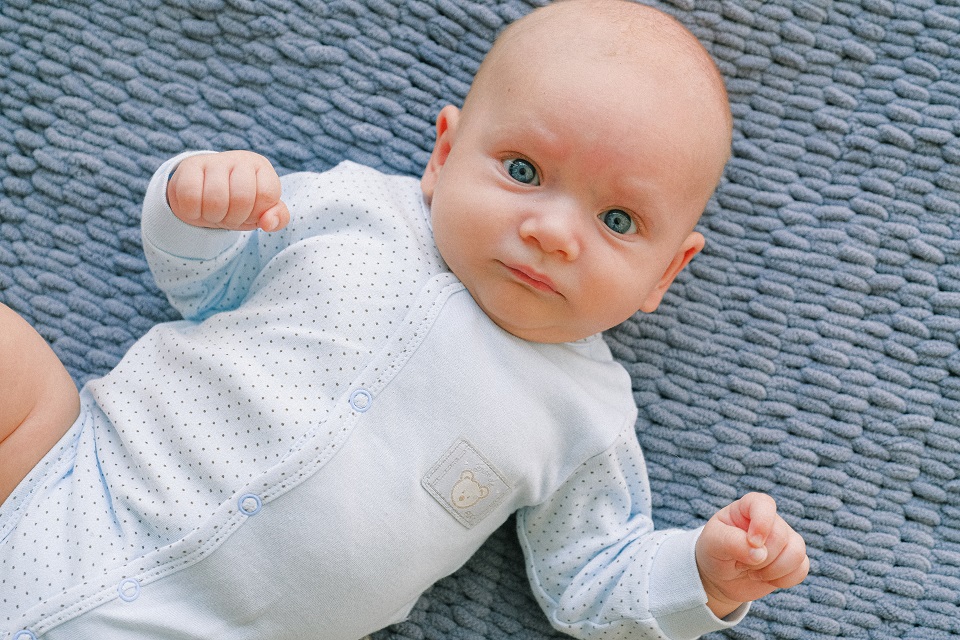Soft clothes are an excellent choice for your newborn baby. Light-colored shirts will help regulate your baby’s body temperature, and light-colored items will help protect your baby’s skin from the sun. Layering your baby’s clothing with sleep sacks and blankets is also a good idea. Lastly, avoid fabrics that contain irritants.
Light-Colored Clothing Helps Regulate The Baby’s Body Temperature
A baby’s body temperature can be controlled by wearing light-colored clothing. This is important, especially if the baby is exposed to high sunlight. Light-colored clothing is also helpful in preventing heat-related illness. The very young, the elderly, and those with chronic conditions are most susceptible to heat-related diseases.
Clothing should be made from breathable materials, whether tops for girls or shorts for boys, which is very important. Avoid synthetic materials, as these can trap heat. Light-colored clothing should cover the arms and legs and not contain tight-fitting fabric. A hat and sunscreen are also essential. When the baby is exposed to the sun, apply sunscreen with SPF 15 or higher and reapply as necessary.
A baby that is too warm can develop a heat rash. Heat rash can be treated with a prescribed lotion or may go away naturally. Light-colored clothing is essential for newborns, as their skin is susceptible. Also, the hormone levels in the body are transitioning from pregnancy hormones to natural levels, and this causes sudden temperature changes. A baby’s skin can also easily be irritated by the sun, leading to serious health problems.
Light-Colored Clothing Keeps The Baby’s Face Out Of The Sun
Dressing your baby in light-colored clothing will keep the heat away from your baby’s face, neck, and feet. Light-colored clothing will reflect the sun’s rays, while dark colors absorb the heat and make your baby hotter. Avoid clothing that’s too tight and too baggy, and opt for light-colored, airy clothes.
Sunscreen should be used on your baby and yourself if you’re in the sun. You can also use a hat to cover the baby’s face to block out the sun’s rays. However, it would help if you remembered to reapply sunscreen every two hours.
Light-colored clothing and hats are essential accessories to protect your baby from the sun. Light-colored clothing will also keep the baby comfortable in warm weather. Also, use baby-friendly sunscreen to protect your baby’s sensitive skin.
Layering With Blankets & Sleep Sacks
Layering with blankets and sleep sacks for newborns can be a great way to help your newborn sleep better and reduce the risk of SIDS. It can also help your baby stay cool in bed. Check to ensure your baby doesn’t overheat by looking for signs of flushed skin, sweating, or a hot chest. Some babies may feel more comfortable in a onesie or long-sleeved pajama underneath a sleep sack. While these methods can be helpful for newborns, you may want to reassess your baby’s sleeping arrangements as they grow.
It is important to remember that newborns can’t stay entirely under blankets or sleep sacks. Therefore, if your child cannot remain under a blanket, you can layer it with a thin top sheet to make it feel more like a bed. However, the AAP advises against draping a thin full sheet over a sleep sack until your child is about a year old. Sleep sacks can come in many different thicknesses and fabrics. To keep your baby warm and comfortable, consider choosing 100% cotton.
Avoiding Irritants In Fabrics
Avoiding irritants in fabrics for infants is essential to the health and safety of your child. Infants have susceptible skin; synthetic materials can irritate the skin, cause allergic reactions, and even trigger asthma. While synthetic materials can be acceptable for outerwear, infants should be protected from such chemicals by choosing organic or non-allergenic materials.
Natural fabrics such as cotton are best for babies, as they will not irritate their sensitive skin. Look for organic cotton, which is grown without harmful chemicals. Another great option is microfiber, which is very soft and wicks moisture away from your baby’s skin. This material is easy to clean and can even dry your baby’s skin after a bath.
It’s also essential to choose detergents that are non-irritating. Look for a detergent that is fragrance and dye-free. Avoid fabric softeners and dryer sheets, as they contain chemicals and oils that irritate your child’s skin. Also, choose fabrics made of cotton and bamboo, as they are breathable and won’t trap heat or sweat.








No Comments